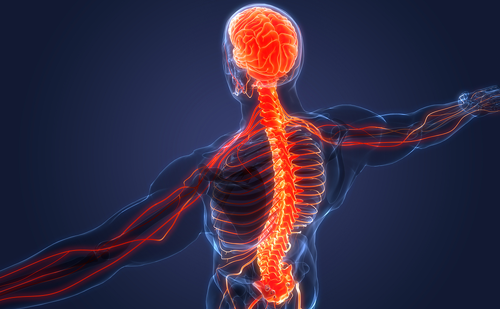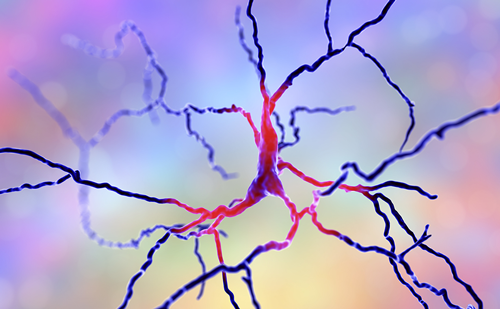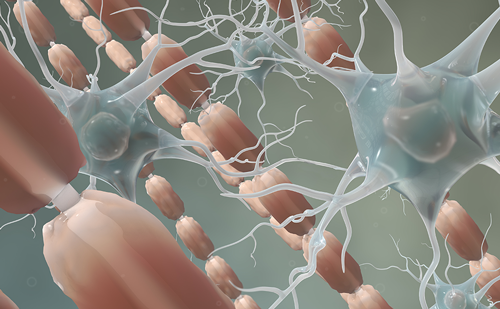Welcome to the latest edition of touchREVIEWS in Neurology. We are excited to present a collection of articles that showcase the latest advancements and diverse perspectives in neurological research and treatment. This issue features insightful reviews and editorials from esteemed experts, providing valuable insights into modern management strategies and novel therapeutic approaches for various neurological conditions.
We begin with an editorial by Arrambide which explores the role of fluid biomarkers in multiple sclerosis (MS) across different stages of the disease. This editorial reviews the evidence for biomarkers such as kappa free light chains, neurofilament light, and glial fibrillary acidic protein, highlighting their potential for improving diagnosis, prognosis, and treatment response. The discussion underscores the challenges and future directions for integrating these biomarkers into clinical practice.
The first review article in this issue, by Goodman et al., provides an overview of rescue therapies for seizure clusters and prolonged seizures in epilepsy. The article highlights the efficacy of benzodiazepine rescue medications, including recently approved intranasal formulations, and examines the potential of implantable devices like responsive neurostimulation to predict and prevent seizures. This review is crucial for understanding the latest developments in emergency seizure management.
Marin and Sato discuss recent advances in the diagnosis and management of seronegative neuromyelitis optica spectrum disorder (NMOSD). The authors detail the clinical and neuroimaging features required for diagnosing NMOSD in the absence of aquaporin-4 and myelin oligodendrocyte glycoprotein antibodies. They highlight the challenges in understanding immune-mediated mechanisms and the therapeutic responses in seronegative NMOSD compared to antibody-positive cases.
Staying on the topic of NMOSD, Schindler and Paul review the use of inebilizumab for the treatment of AQP4+ NMOSD, focusing on its mechanism of action, effectiveness, and safety. Inebilizumab, a monoclonal anti-CD19 antibody, induces profound B-cell depletion and has shown significant efficacy in reducing the risk of attacks in AQP4+ NMOSD. The authors discuss the implications of inebilizumab as a first-line treatment and compare it with other approved therapies, providing a thorough overview of its clinical application.
Antonini, D’Onofrio and Andrea Guerra examine new levodopa infusion systems for advanced Parkinson’s disease. The review highlights the benefits of subcutaneous delivery systems, such as ND0612 and ABBV-951, which offer improved absorption and tolerability over oral levodopa. These advancements represent significant progress in managing motor complications in advanced PD and expanding therapeutic options for patients.
In their review, Popławska-Domaszewicz, Falup-Pecurariu and Chaudhuri discuss a stepped-care approach to holistic and subtype-driven care for Parkinson’s disease (PD). This article emphasizes the importance of addressing both motor and non-motor symptoms, as well as other vital aspects such as vision, oral and gut health, bone health, and comorbidities. The authors introduce a comprehensive dashboard developed through international collaboration to ensure that key clinical domains are not overlooked, forming the basis of a modern, complete management strategy for PD.
Finally, Christian and Wei explore the elevation of serum oncostatin M (OSM), a cytokine involved in both pro-inflammatory and anti-inflammatory processes, in acute ischemic stroke (AIS). The authors analyze the inflammatory response mechanisms triggered by AIS and the role of OSM. Findings from their literature search suggest that elevated OSM levels are indicative of the inflammatory response in AIS, particularly in cardioembolic stroke, providing insights into potential biomarkers for stroke diagnosis and management.
The editors of touchREVIEWS in Neurology extend their gratitude to all contributors for their insightful and informative articles. We are also thankful to our society partners for their ongoing support and to our Editorial Board for their continued involvement and advice. We hope you find this edition both informative and engaging.
Cris S Constantinescu
Prof. Cris S Constantinescu is the co-Editor-in-Chief of touchREVIEWS in Neurology. Cris Constantinescu is Attending Neurologist at Cooper University Hospital, Cooper Neurological Institute, Cherry Hill, NJ, USA, Professor of Neurology at Cooper Medical School of Rowan University, Camden, NJ, USA, and Emeritus Professor of Neurology in the Academic Unit of Mental Health and Clinical Neurosciences at the University of Nottingham, Nottingham, UK. He graduated with an MD from Boston University School of Medicine, USA, in 1988. As a recipient of the physician-scientist award from the National Institutes of Health, USA, he completed a PhD in immunology at the University of Pennsylvania in 1998. He has completed an internship and a residency in neurology and fellowships in neuroimmunology and neurorehabilitation. He was appointed honorary consultant neurologist and senior lecturer in neurology at the University of Nottingham 2000–2001. In 2004, he was appointed Professor of Neurology and Chair in Neurology at the University of Nottingham, a post he held until 2021. He has authored or co-authored over 200 articles in international journals. His research interests are immune regulation in inflammatory diseases of the nervous system, in particular multiple sclerosis, neuroimaging, clinical trials and cognitive neurology. He is currently involved in the care of numerous patients with neuroimmunological and neurodegenerative diseases.













